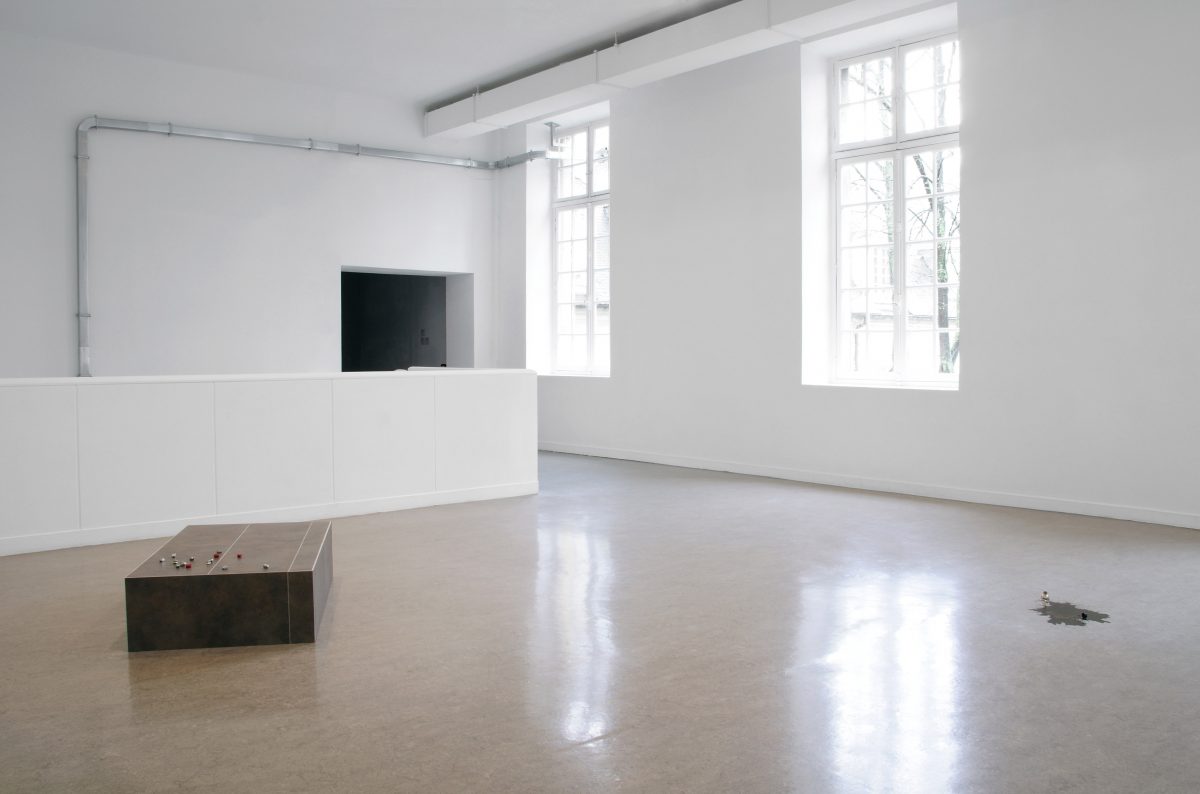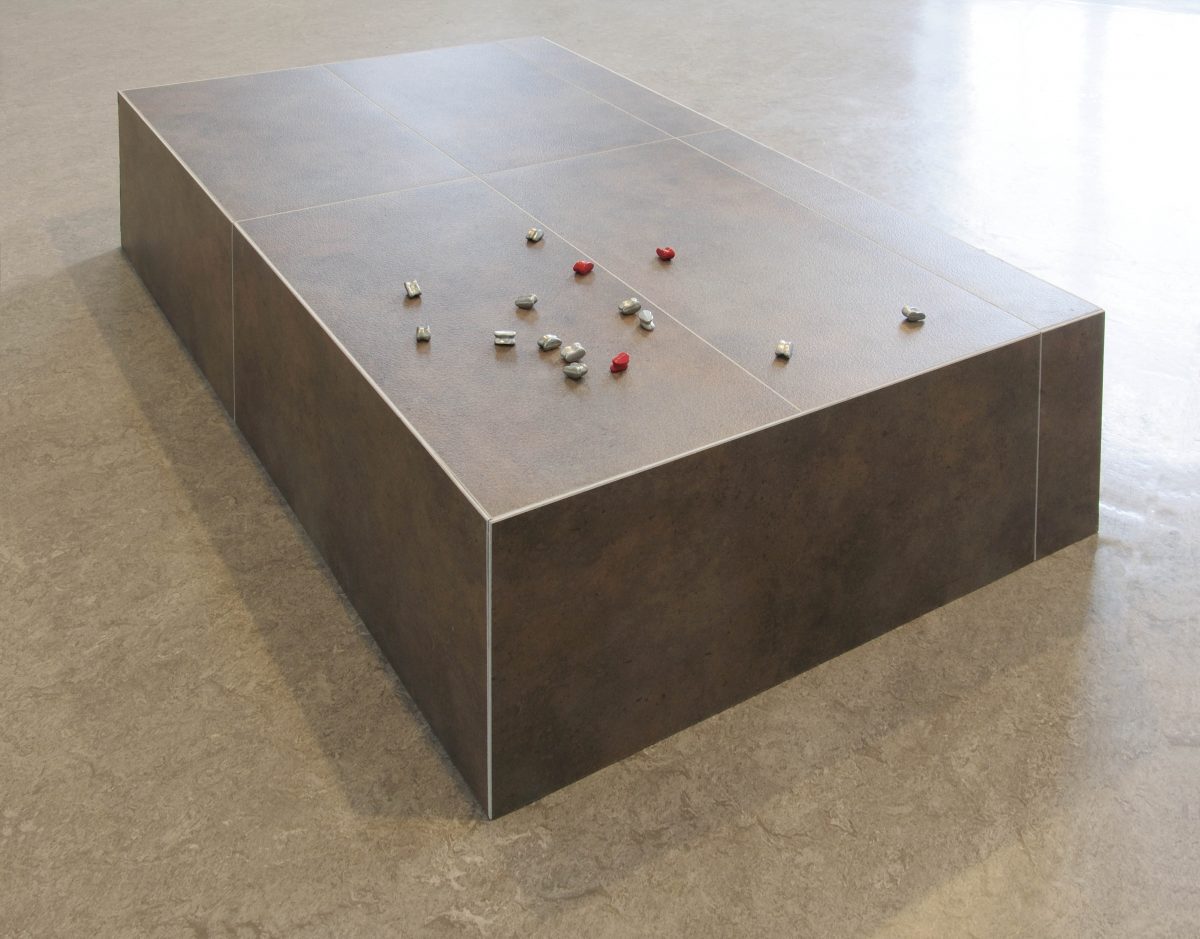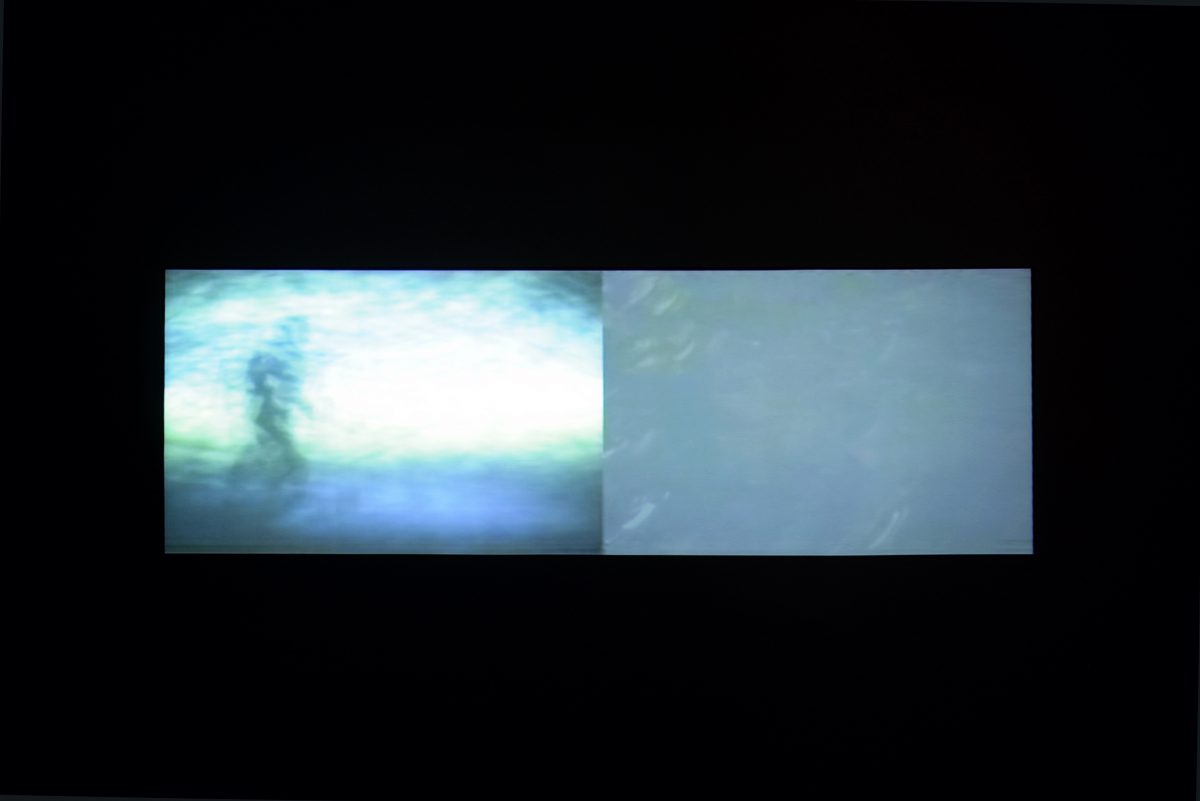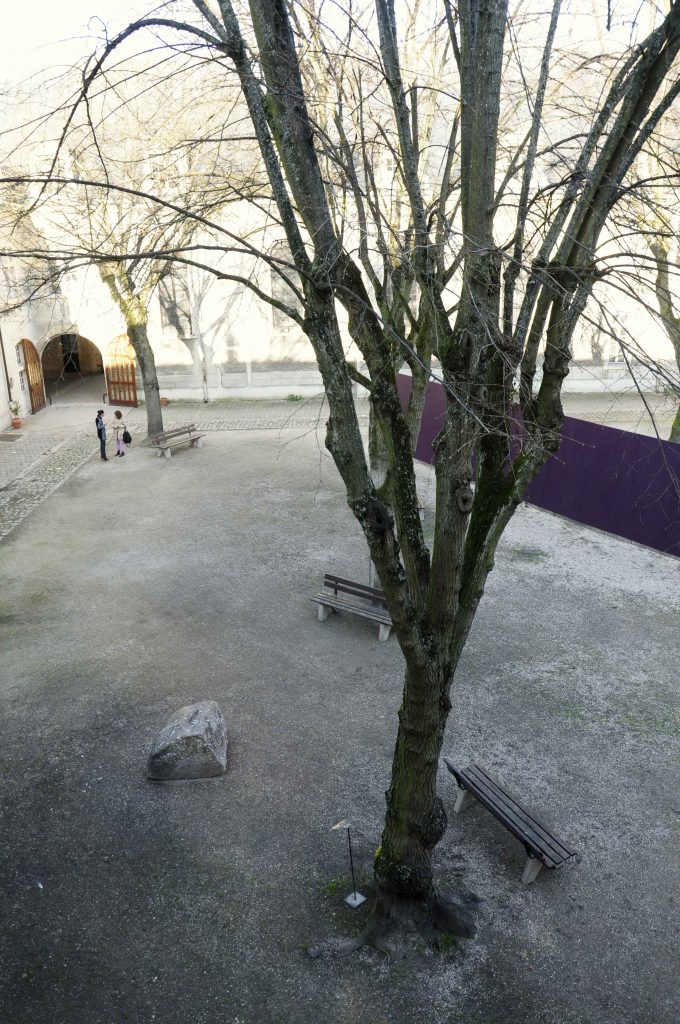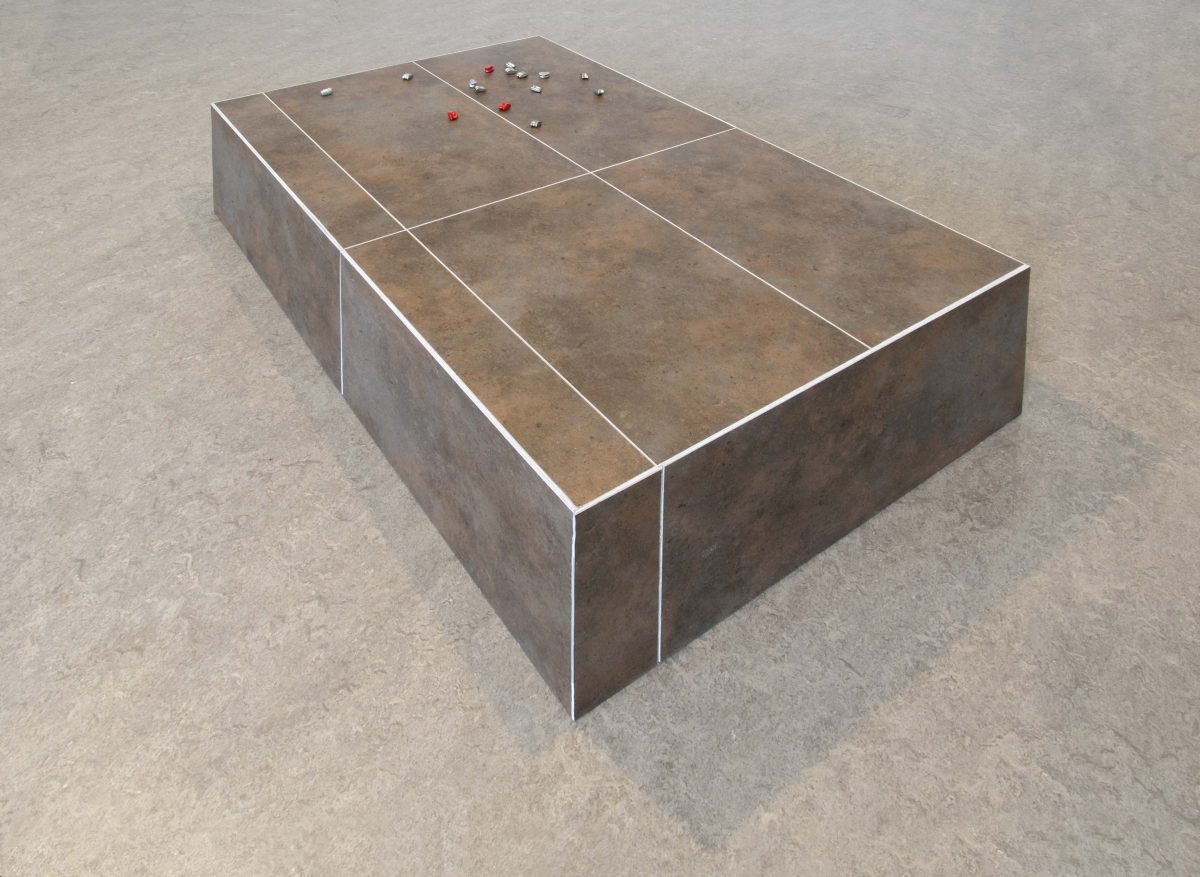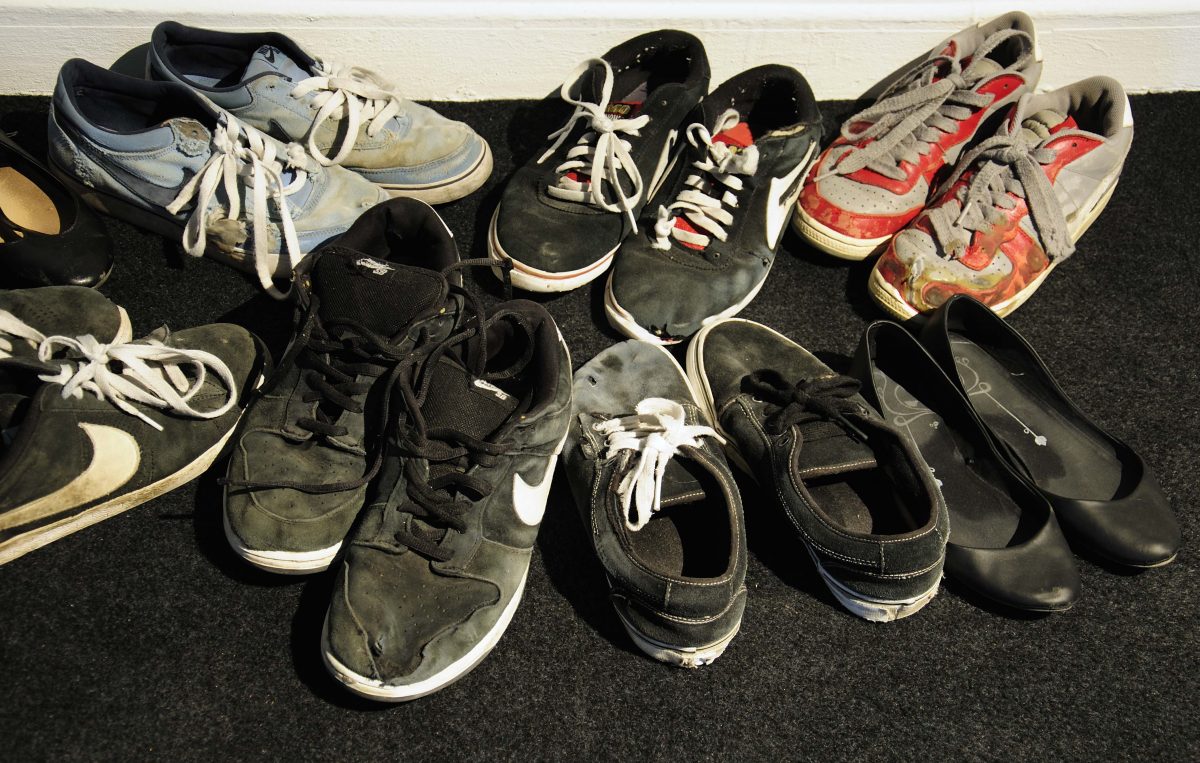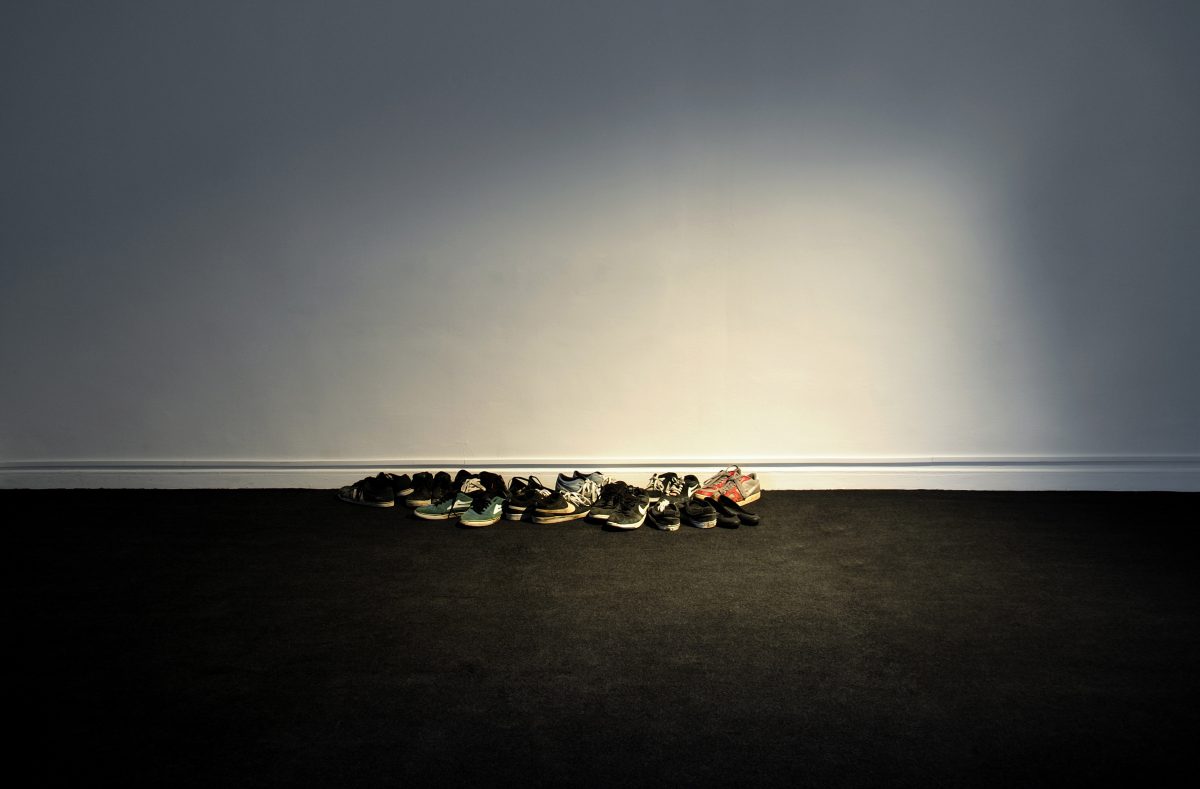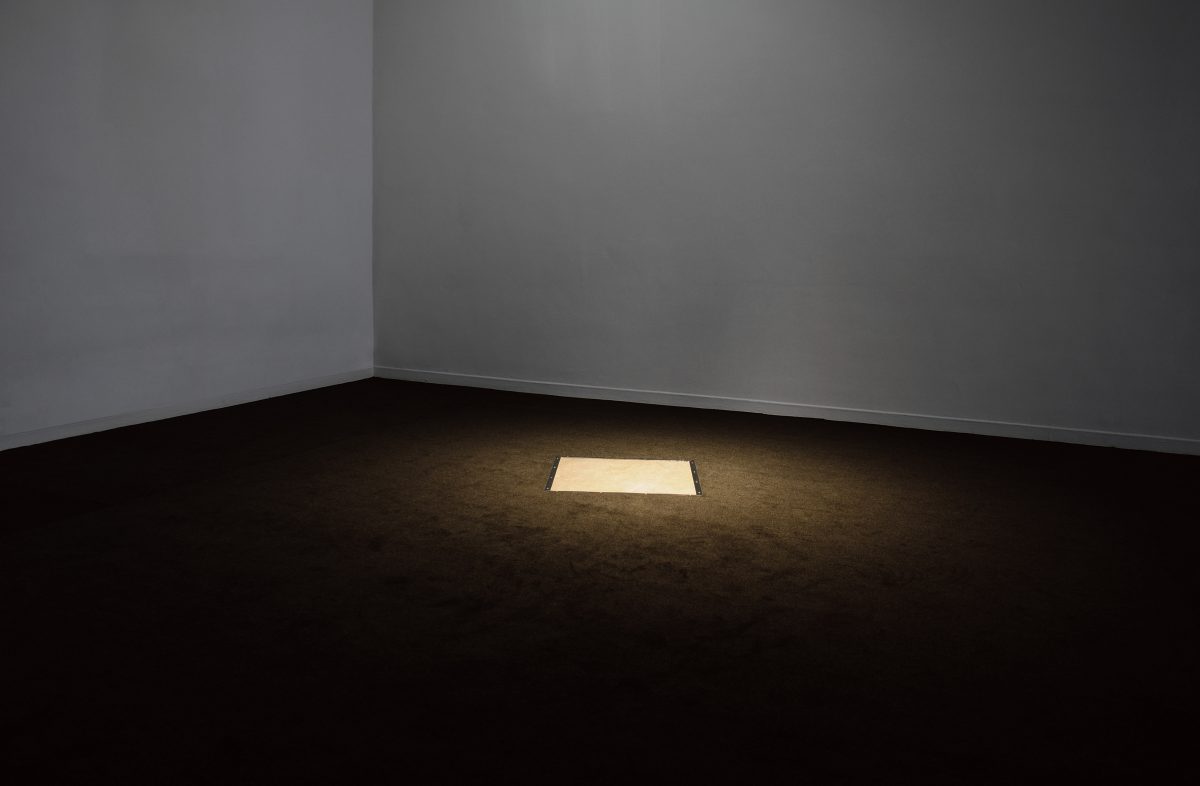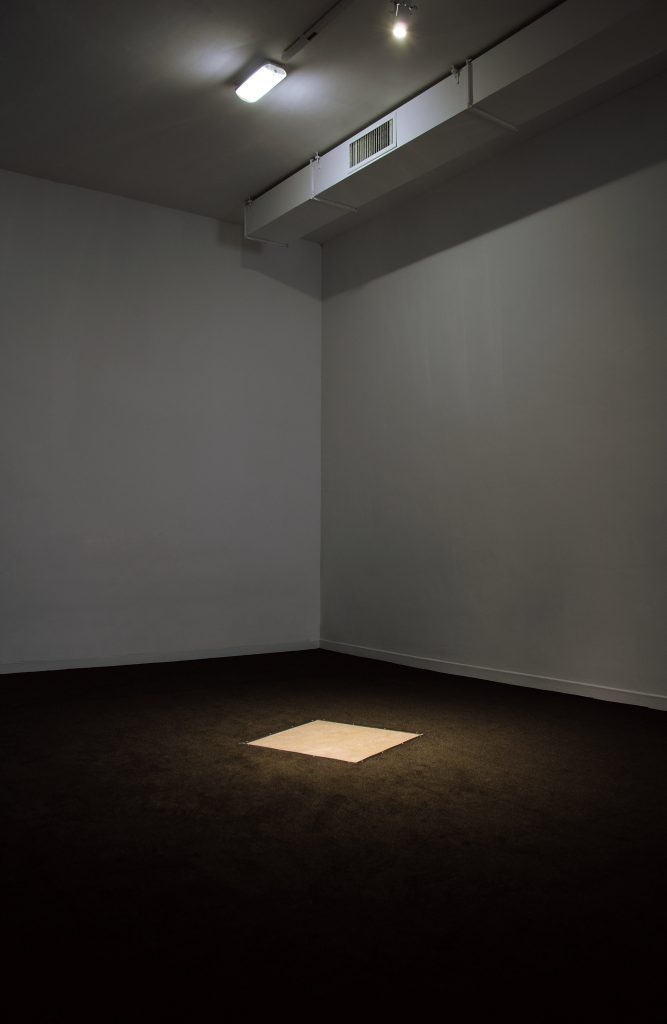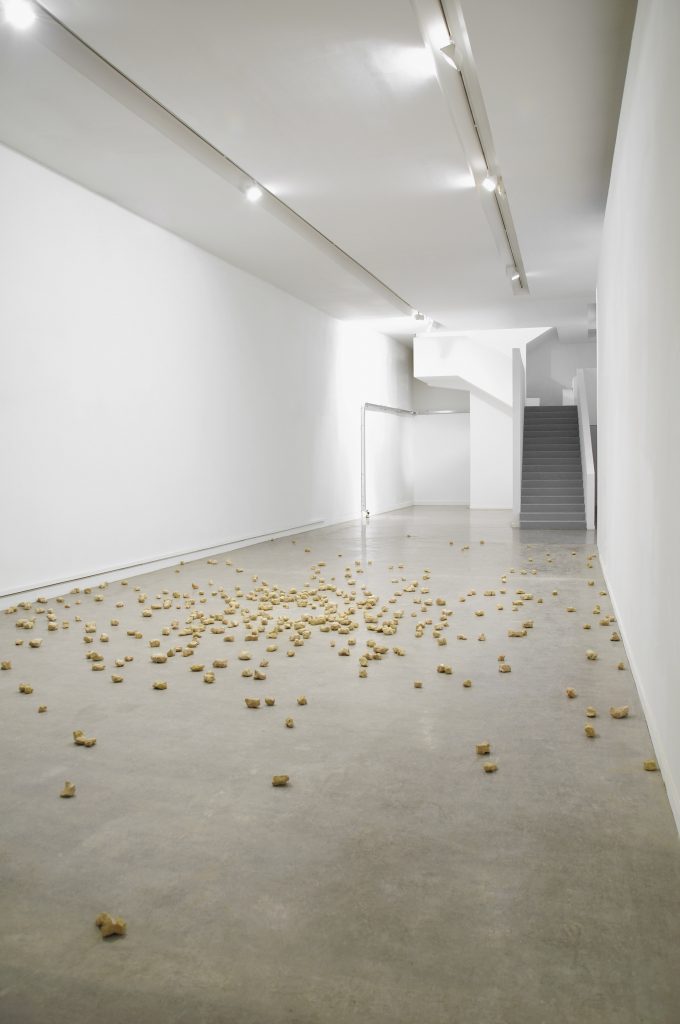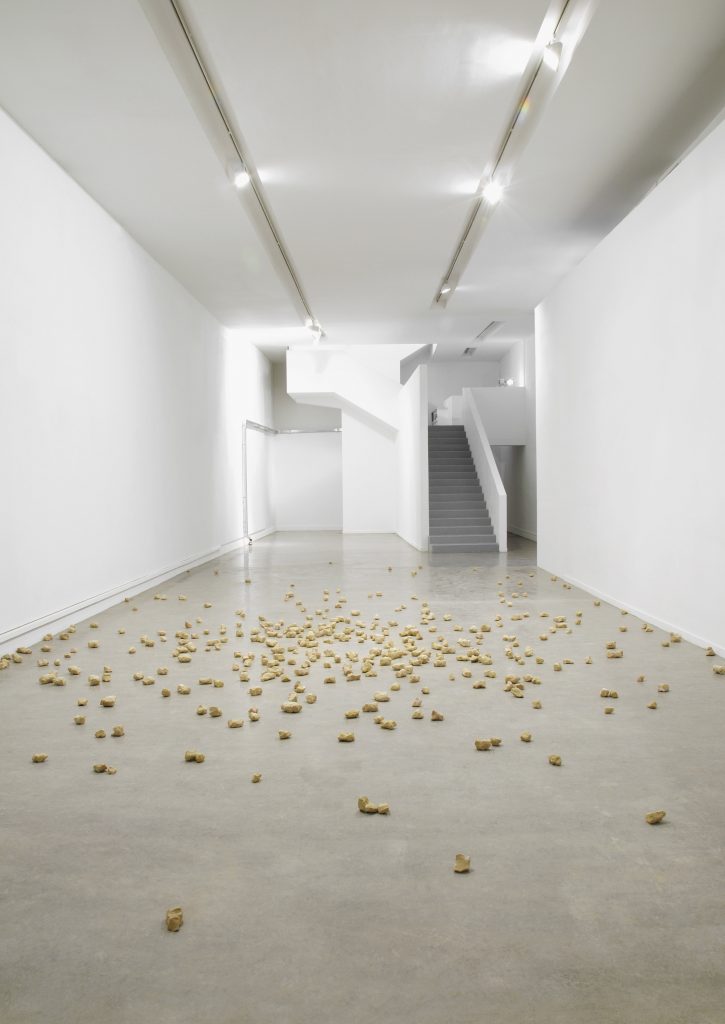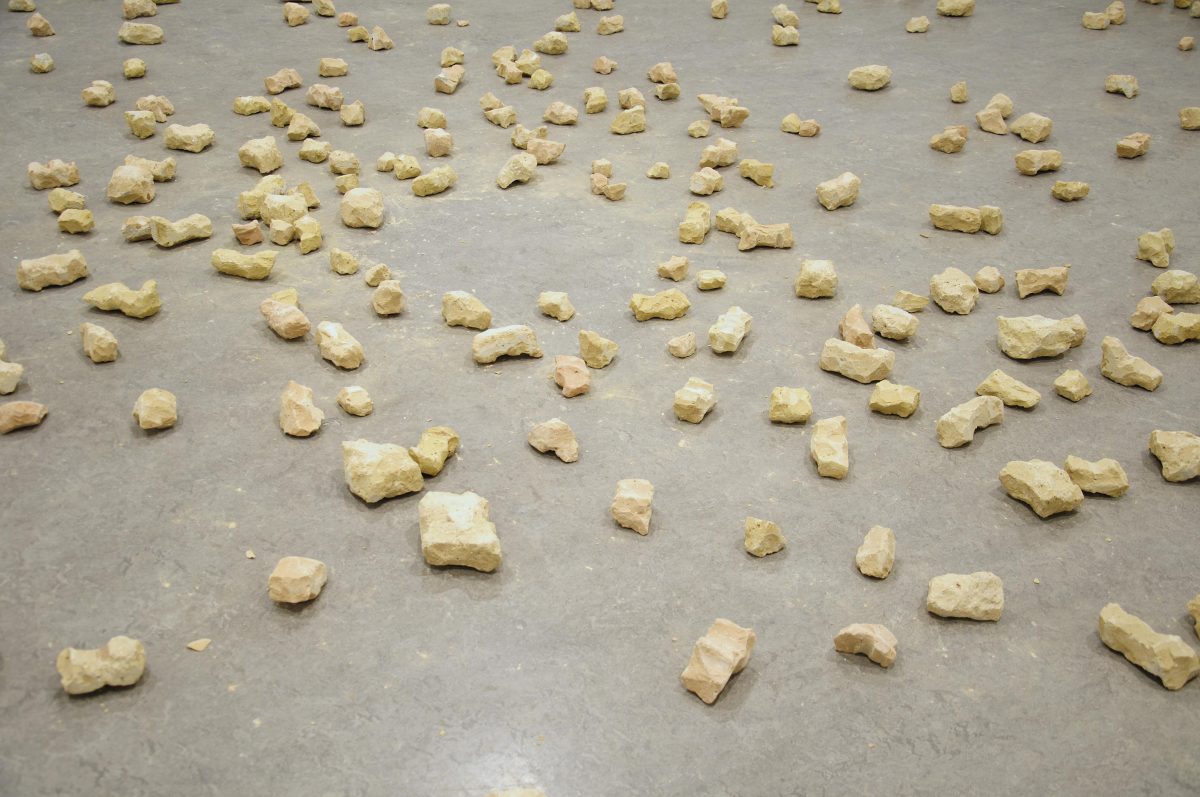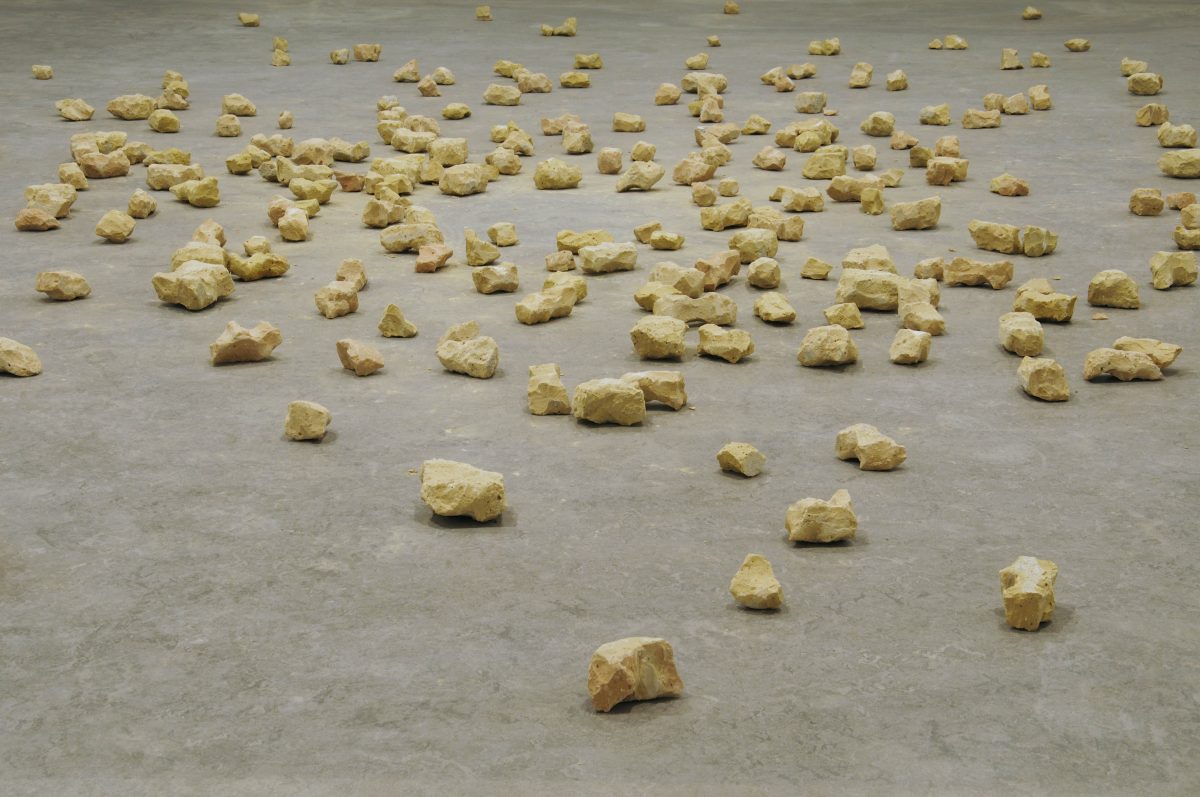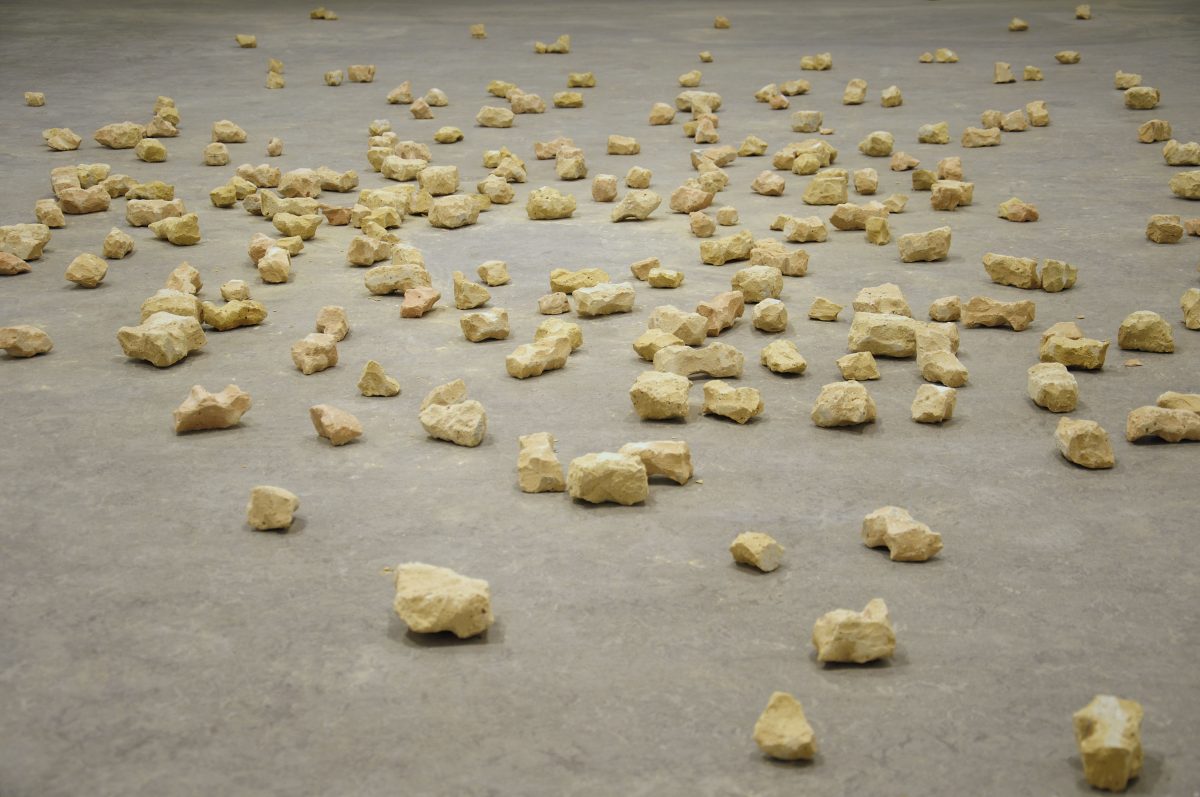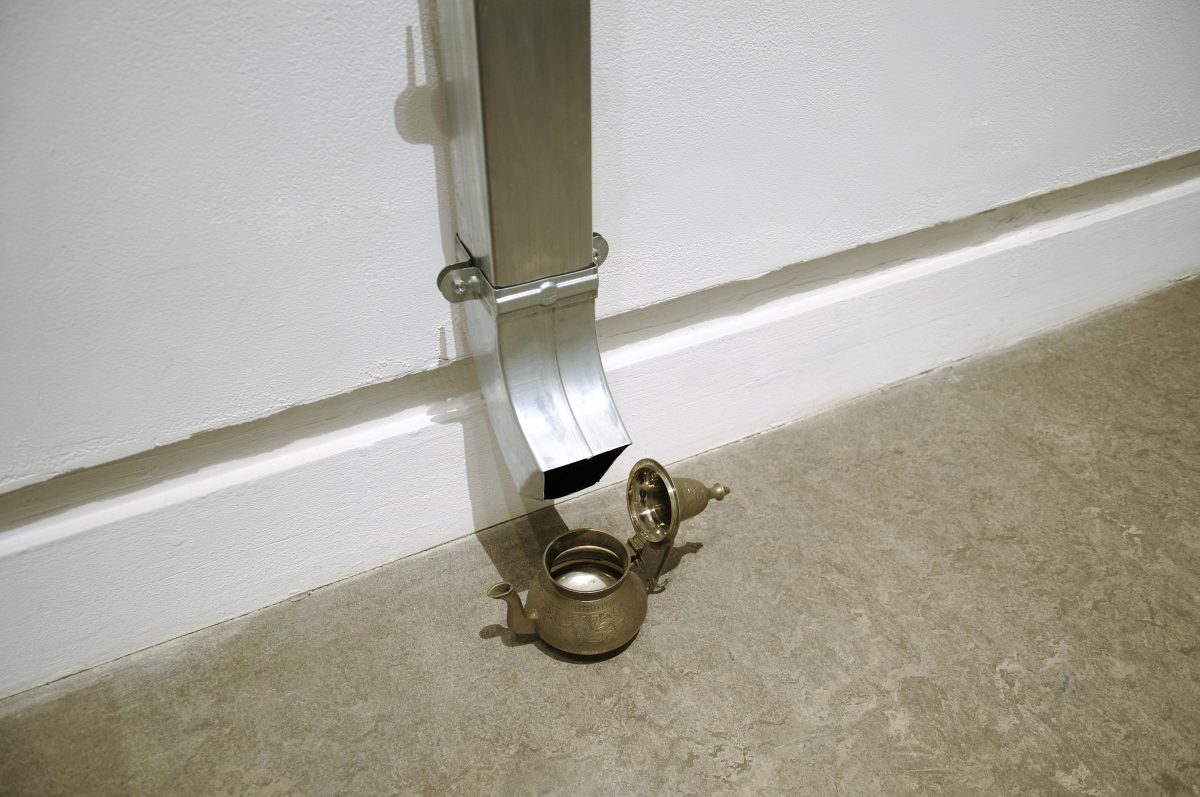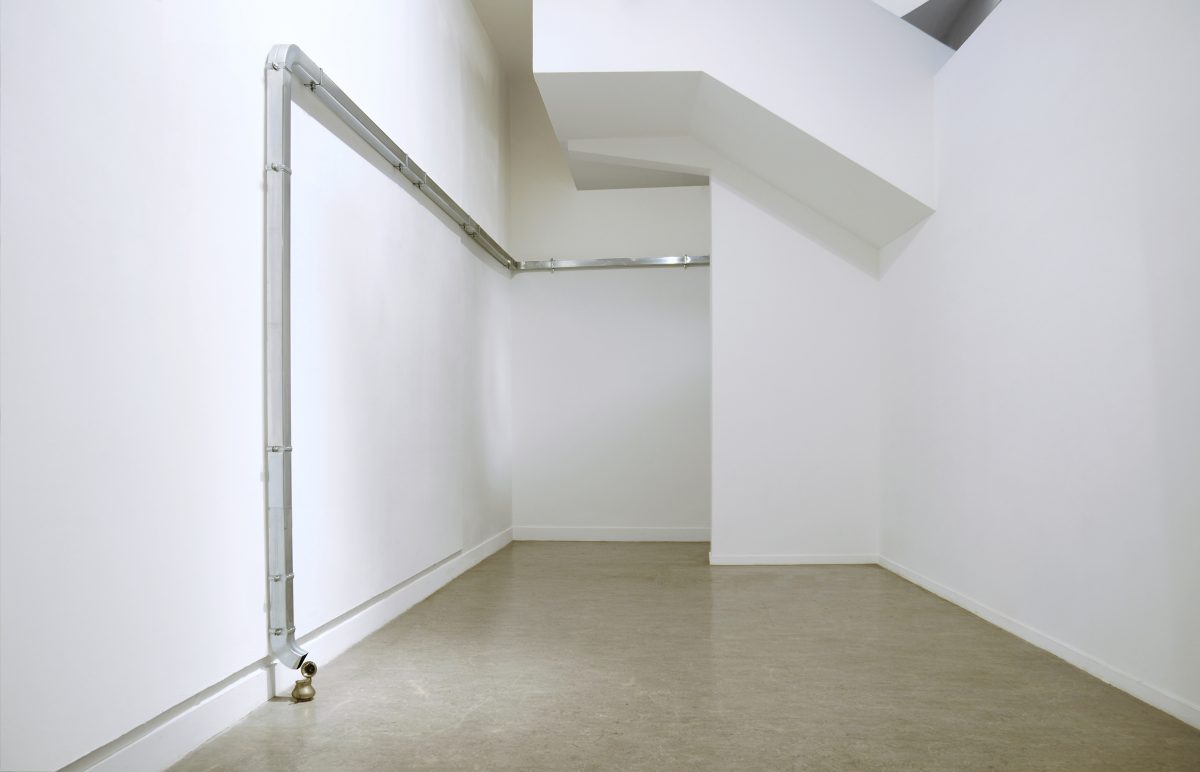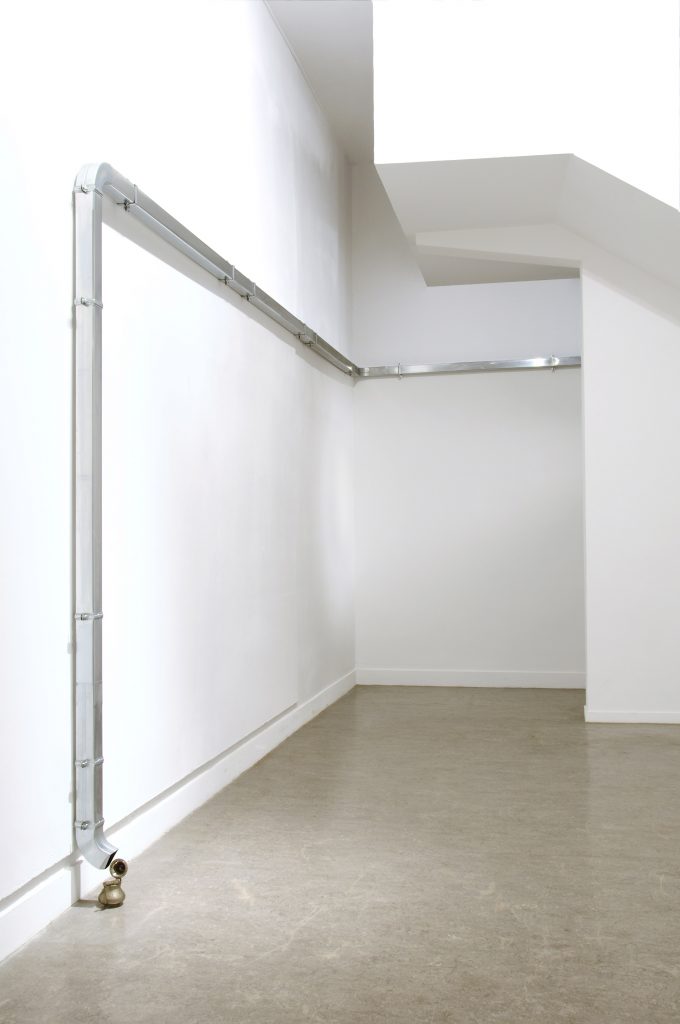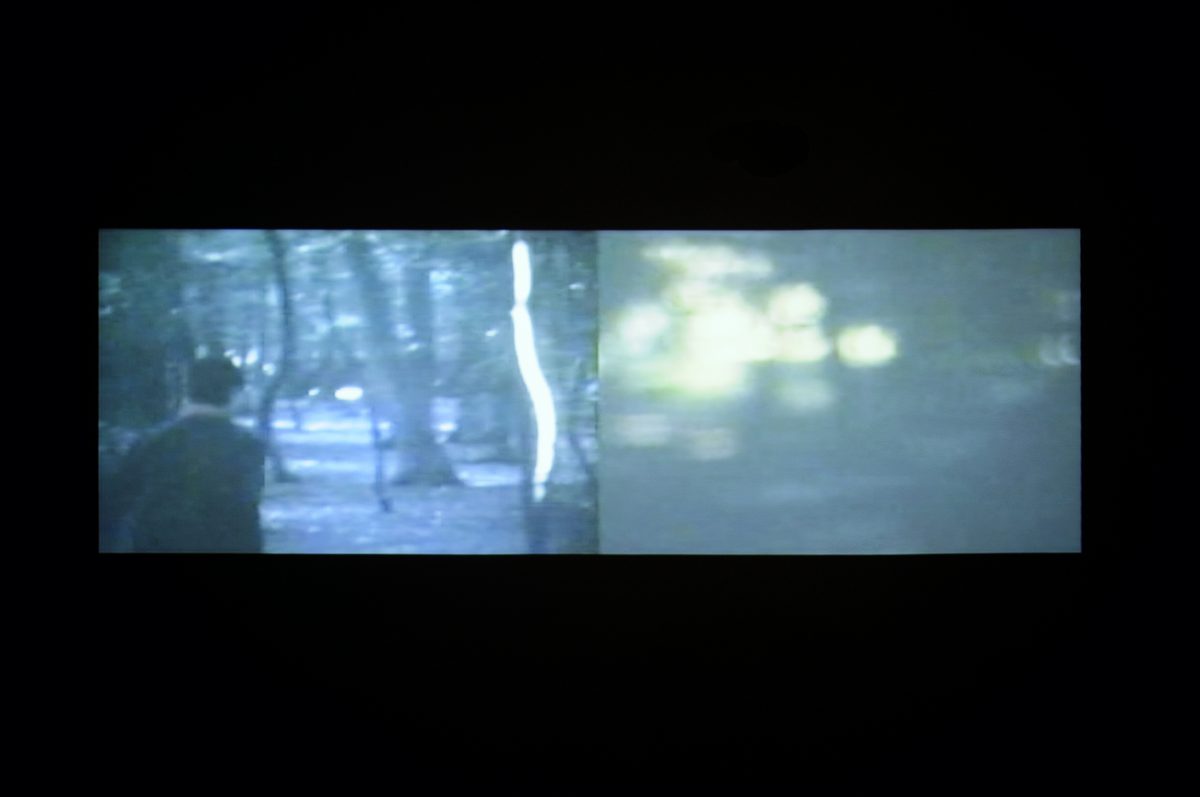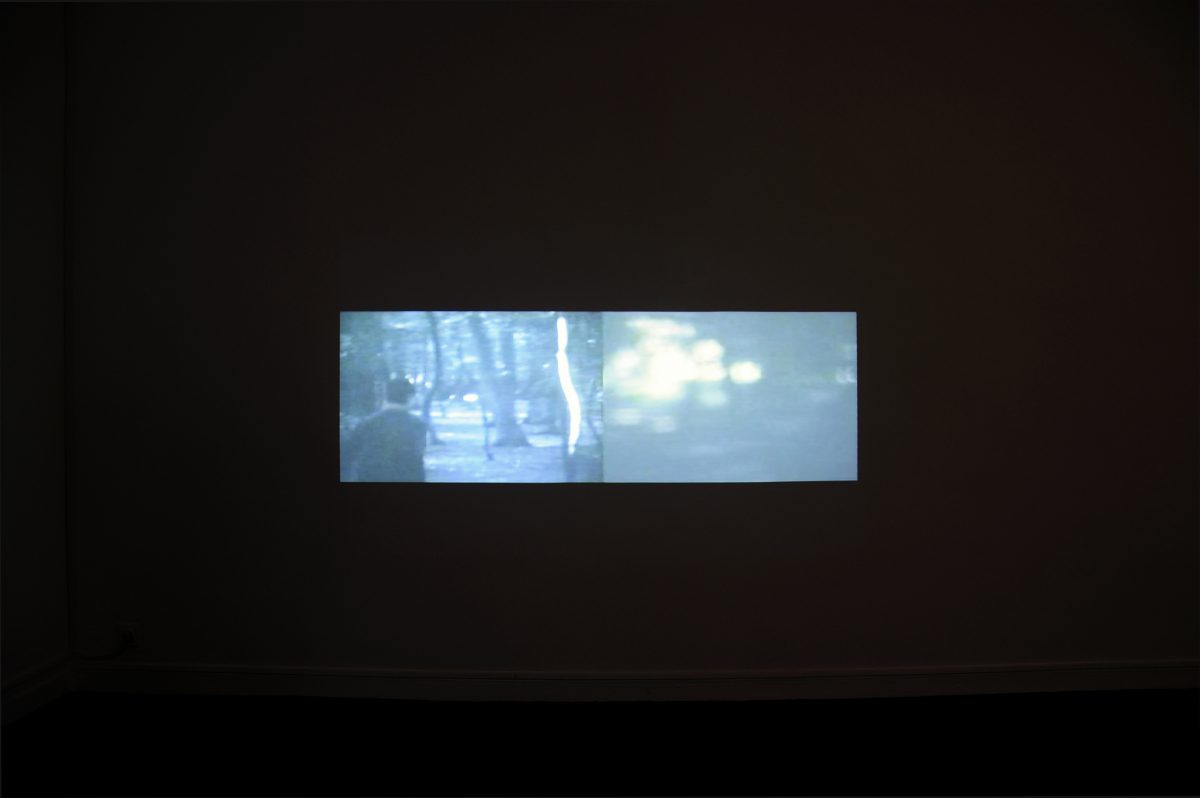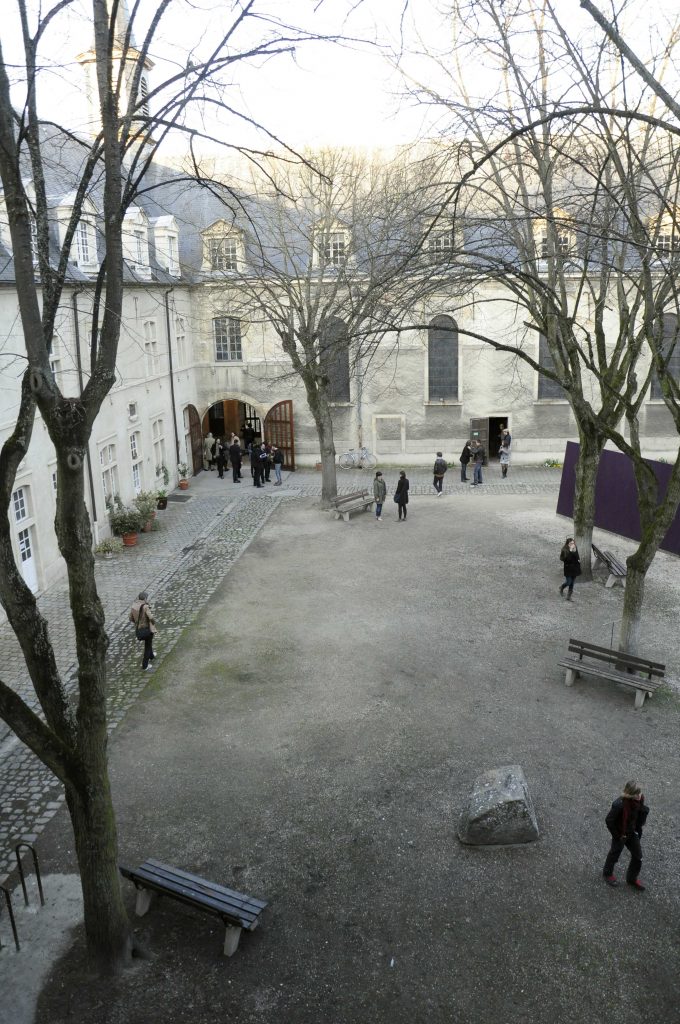
- This event has passed.
The works of Latifa Echakhch are a proof that art can be instrumental to exchange and social engagement without necessarily being patronizing or exploitative. while her sculptures are elegant and delicate, the visitor must nevertheless not be deceived by this sensibility when Echakhch examines subjects like culture, geography, and personal and collective histories. She explores these systems through mundane objects, images and ordinary situations, repositioning them in a social and political debate. Her work is not immediately comprehensible, but becomes clear to those who decide to explore it. Even so, the fact of looking at them more profoundly ultimately calls into question the certainties that they seemed to initially promise. The visual and conceptual power of her combination of Minimalism and romanticism is potent but misleading. that emerges is a fundamental belief in the dignity of the subjects and what artcan bring in terms of reflection, even in its most critical form. Objects that begin as being banal, whether cubes of sugar, fragmented carpets, or broken tea glasses, then become messengers of feeling such as melancholy and anger, and offer a silent point of view on the failure of utopias.
The exhibition, Le rappel des oiseaux, which is presented at the FRAC Champagne-Ardenne, is principally composed of new works, though a number of older works have been included, which are sometimes shown for the first time. the confrontation allows for a veritable exhibit narrative, in which each work draws inspiration from the preceding one and re-sponds to the next. The narrative emerges as visitors progress through the exhibition space, encountering a multitude of possibilities, according to their own personal references and lived experience. Some of the works exude a deafening violence. They operate somewhere in between play and punishment, leaving the viewer in an ambivalent position, at once voyeuristic and somewhat ill at ease. In Dérobadimage, for instance, shot in 1999 in the Bois de Vincennes, the camera acts like a gun, while the image itself trembles as though being tracked by a predator. Similarly in Stoning (2010), there is an installation of a constellation of rocks in the main exhibition space of the Frac. It evokes both Jimmie Durham’s Stoning the Refrigerator (1996) and Land Art’s work of the ‘70s, while also resonating intensely with contemporary events. Skin (2010) is a nod to the famous “Skins Party” phenomenon of recent years in the adolescent world, in which young people dress up and get drunk in a regressive, no-limits atmosphere.
Untitled (Sepia) (2009) and Danse macabre (2010) offer moments of pause in the exhibition. They are more poetic and allusive propositions, and could even be qualified as contemporary still-lifes. Seuils (2004) is a very minimalistic intervention that modifies our perception of the exhibition space and allows us to understand it in a totally new way. The installation Le thé de Saïd (2010) is exhibited on both levels of the Frac.
It echoes the gesture of Saïd, Latifa Echakhch’s uncle, who used to place a little teapot under the drainpipe of the house in Khuribga, Morocco, where he lived and worked as a geologist. Once the teapot was full, he could then prepare his ‘special tea’. Echakhch, fascinated by this personal tradition, wanted to show a drainpipe capable of receiving rainwater and letting it accumulate in a small teapot. The length of the pipe, and the means used for creating the installation, intrigue by virtue of the size and delicateness of the teapot. It is this very ‘disproportion’ that lends the installation its poetry.
Finally, the benches in the courtyard of the Frac have been brought directly over from Kassel (Germany). They are a reminder of German Romanticism. Less spectacular than the incomparable panorama and perspective of the 18th century wilhelmshohe castle that overlooks kassel, the Kasseler Parkbänke (2009) nevertheless offers an unprecedented take on Tom Burr’s Deep Purple, which is already exhibited in the courtyard of the Frac since 2008. Indeed, Latifa Echakhch considers it a full-fledged landscape in its own right.



